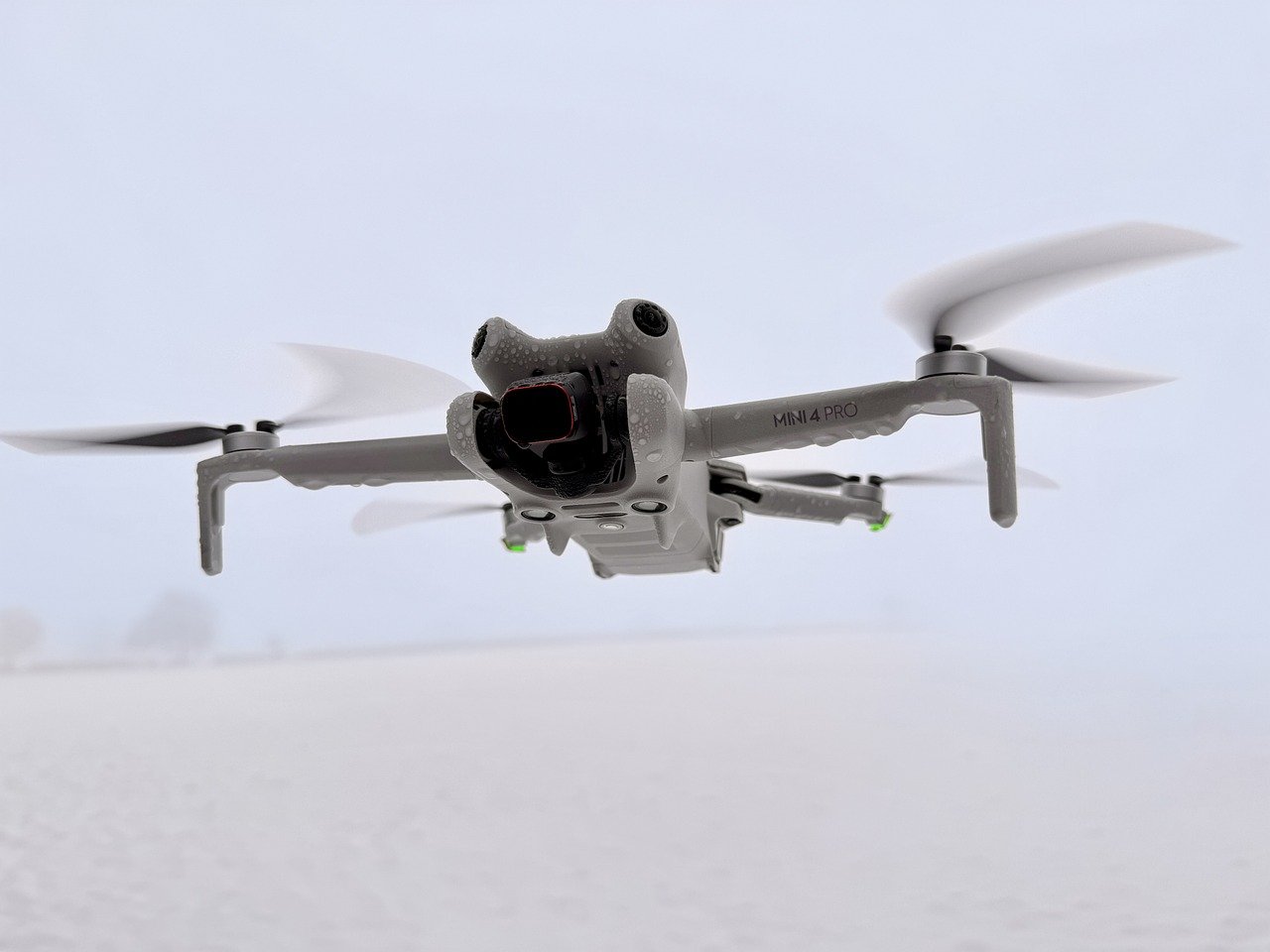When beginners start learning to fly fixed-wing drones, they should take a series of steps to ensure safe and effective learning. Here are some suggestions:
1. Learn Theoretical Knowledge: Before operating a drone, beginners should first understand some basic theoretical knowledge, including flight principles, flight control, drone structure, etc. This can be accomplished by reading relevant books, watching instructional videos, or taking training courses.
2. Choose the Right Drone: For beginners, choosing an entry-level fixed-wing drone that is suitable for novices is crucial. Such drones typically have stable flight characteristics, an easy-to-operate flight control system, and some auxiliary functions such as takeoff assistance and automatic return.
HEQ’s vertical takeoff and landing fixed-wing drone is a great choice for beginners. Here are some features and advantages of this product:
HEQ Swan Voyager with FPV Goggles
Vertical takeoff and landing design: This drone features a vertical takeoff and landing design, making takeoff and landing simpler and safer. Beginners can more easily master flying skills without the need for extensive takeoff and landing practice.
FPV: The drone kit is equipped with analog FPV Goggles, allowing real-time viewing of the drone’s aerial footage, making the flying experience more immersive and intuitive. With FPV Goggles, beginners can more easily control the drone and enjoy a more realistic flying experience.
Stable flight: The HEQ Swan Voyager utilizes advanced flight control systems to ensure flight stability and controllability. This is crucial for beginners, as it reduces the risk of flight loss of control, making the flying process safer and more reliable.
Easy assembly: The HEQ Swan Voyager features a modular design with few structural components and no additional moving parts other than the four brushless motors. Disassembly requires no extra tools, ensuring high reliability. Fixed-wing beginners can easily set up the aircraft.

wing drone
The HEQ fixed-wing drone also features one-key return and one-key switch between fixed-wing and rotary-wing modes, making it easy for beginners to get started. One-key return is available in both rotary-wing and fixed-wing modes, greatly reducing the learning difficulty of fixed-wing drone flying and enhancing user flying experience.
3. Practice Simulated Flight: Using a flight simulator for simulated flight practice is a great way to help beginners familiarize themselves with flight controls, master basic flying skills, and reduce the risk of drone damage.
4. Choose a Suitable Flying Site: Beginners should choose a spacious, obstacle-free flying site for practice. Avoid flying in densely populated areas, busy traffic areas, or places with obstacles such as power lines and buildings.
5. Follow Guidance: If possible, it’s best to practice flying under the guidance of experienced pilots or instructors. They can provide valuable advice and tips to help you master flying skills more quickly.
6. Gradual practice: Beginners should start with simple flying maneuvers and gradually increase difficulty. For example, start with takeoff and stable flight, then learn maneuvers like turns and descents. Don’t try to do too much too soon; make sure each flying maneuver is mastered.
7. Safety First: Flight safety is always paramount. Beginners should always remain vigilant to avoid accidents during flight. During flight, pay attention to weather conditions, flying environment, and be prepared to respond to potential risks.
By following these steps and recommendations, beginners can start learning to fly fixed-wing drones more safely and effectively.






